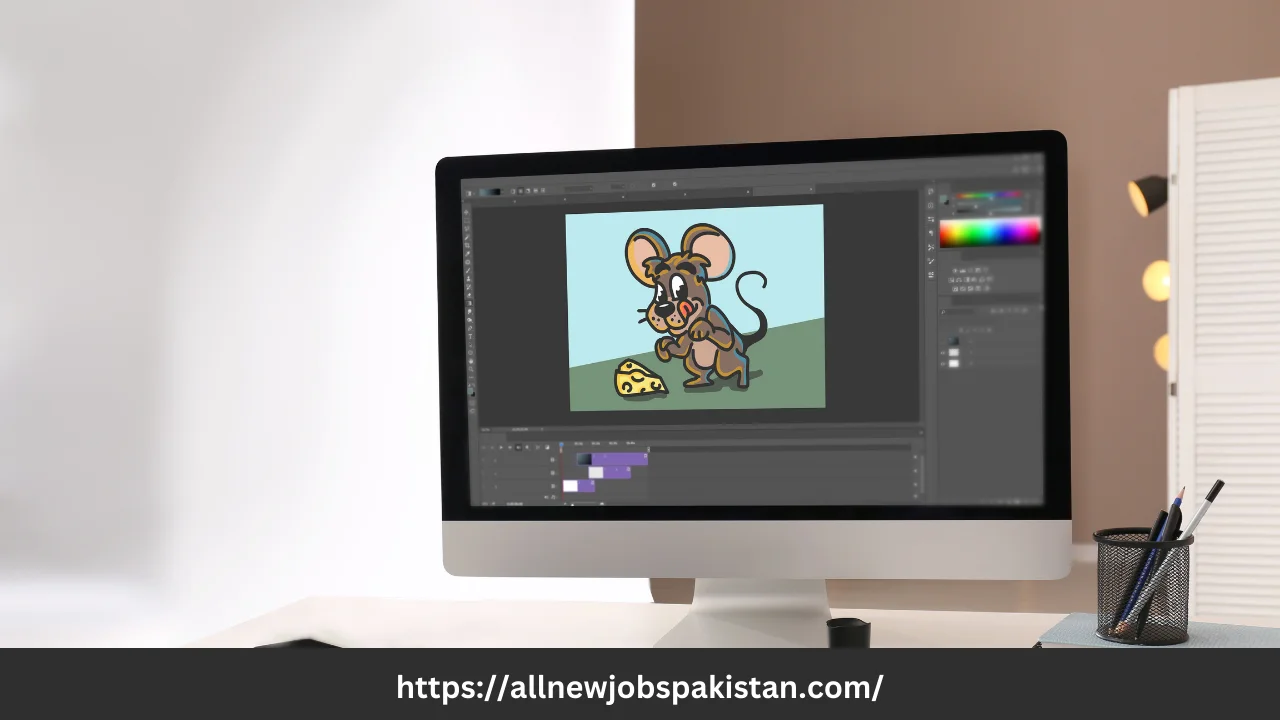Animation is a way of creating a sequence of images or drawings that show movement when played quickly one after another. It’s like making pictures come alive. The word “animation” comes from the Latin word “anima,” which means soul or spirit, indicating that animating something is like giving it life.
20 Incredible Ideas To Make $1000
Hire an animator for your project
How To Be Successful On Upwork
How Does Animation Work?
Animation works by showing many images in a rapid sequence. Each image is slightly different from the one before it. When these images are shown quickly, our eyes and brain combine them to see smooth movement. This is similar to how flipbooks work – those small books where you flip the pages quickly to see the drawings move.
Types of Animation
There are several types of animation, each with its own style and techniques:
- Traditional Animation:
This is the classic style where artists draw each frame by hand. It’s also known as 2D animation. Famous examples include Disney movies like “The Lion King” and “Aladdin.” - Stop Motion Animation:
This technique involves taking pictures of physical objects, like clay models or puppets, and moving them slightly between each picture. When played back, it looks like the objects are moving. “Wallace and Gromit” and “Shaun the Sheep” are popular examples. - Computer-Generated Imagery (CGI):
CGI animation is created using computer software. It can be 2D or 3D. This type of animation is widely used in movies, video games, and TV shows. “Toy Story” and “Frozen” are well-known CGI movies. - Motion Graphics:
This type of animation is often used in advertisements, logos, and user interfaces. It combines graphic design and animation to create engaging visual content. - Cut-out Animation:
This technique uses flat characters, props, and backgrounds cut from materials like paper or fabric. The pieces are moved frame by frame to create the animation. “South Park” is a famous example.
History of Animation
The history of animation dates back to ancient times. Early examples include cave paintings that depicted animals with multiple legs to show movement. In the 19th century, devices like the zoetrope and the flipbook were invented, allowing people to view animations.
The first animated movie is often considered to be “Gertie the Dinosaur,” created by Winsor McCay in 1914. The advent of sound in movies further boosted animation, with “Steamboat Willie” in 1928 introducing Mickey Mouse to the world.
The Future of Animation
The future of animation looks bright, with continuous advancements in technology. Virtual reality (VR) and augmented reality (AR) are opening up new possibilities for immersive animated experiences. More tools and software are becoming available, making it easier for people to create their own animations.
In Pakistan, the growing interest and investment in animation suggest that we will see more local animated movies, TV shows, and digital content in the coming years. This not only provides entertainment but also offers a way to tell unique stories and share our culture with the world.
Conclusion
Animation is a fascinating and diverse field that combines art and technology to create moving images. From traditional hand-drawn cartoons to sophisticated computer-generated graphics, animation has evolved significantly over the years. In Pakistan, the animation industry is growing, with increasing opportunities for animators to showcase their talent both locally and internationally. As technology advances, the future of animation promises even more exciting developments and opportunities.

